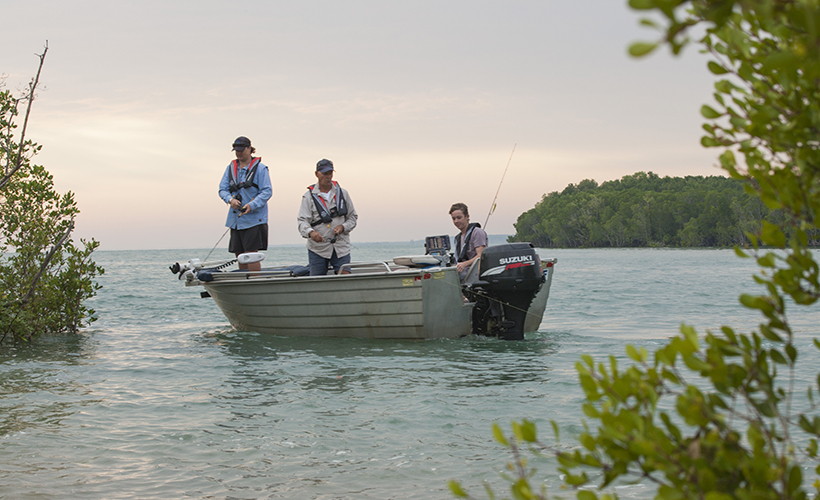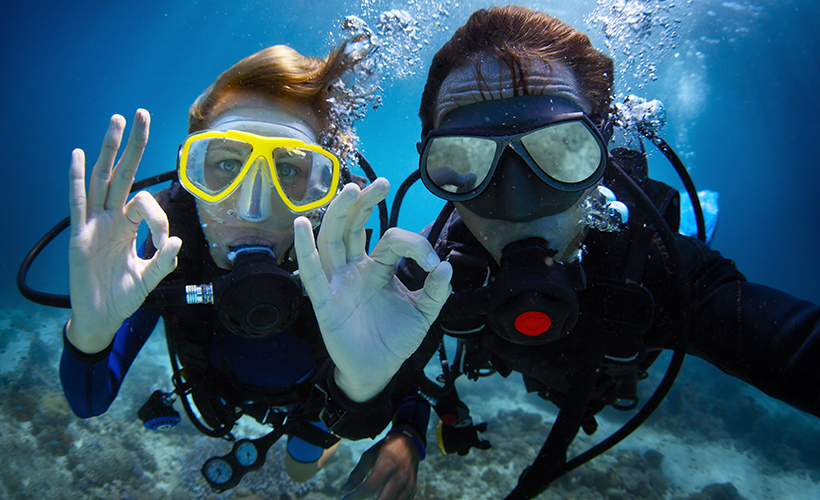Staying safe while having fun
Aquatic activities are a lot of fun and increasing in popularity in recent years. But they do carry some inherent risks. Often, these risks are exacerbated by inexperience, poor or inadequate equipment, poor weather conditions and failing to take appropriate safety precautions.
Understanding the risks and simple safety measures can help to mitigate many of the them without impacting enjoyment.



Unintentional falls into water accounted for 15% of drowning deaths in 2019/20. This is particular risk factor in children aged 0 to 4 year and people aged 65+ years. Falls also play a part in alcohol- and drug-related drowning incidents, as well as those where people have misjudged the hazards present, such as uneven or slippery banks, strong currents and submerged objects.
